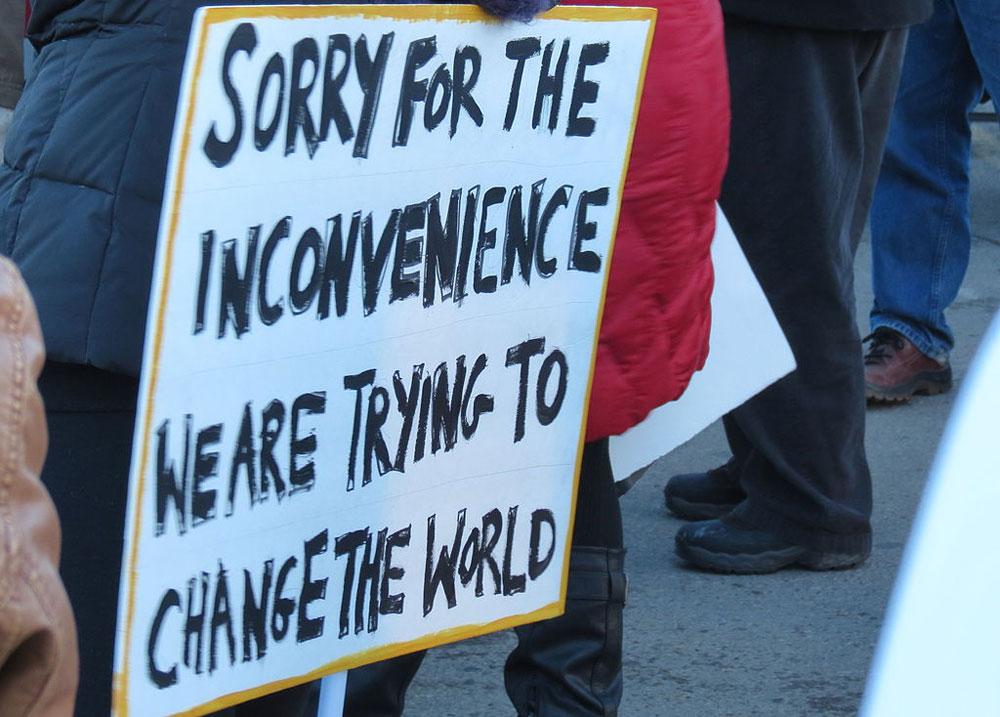
September 10, 2020; Bloomberg and The Nation
Whether the issue is hospital funding or COVID fatalities, the pernicious impact of white supremacy in the US is not hard to find. Regarding COVID deaths, Marc Morial, CEO of the National Urban League, observes that, “When we get to 200,000 deaths, we’re probably going to have 60,000 to 70,000 Black deaths.” He adds:
Black people are going to make up 35-40 percent of the deaths, but we’re only 13 percent of the population. COVID-19 took the reality of these disparities and put it on blast, on Front Street, so nobody can deny that it exists.
Author and activist Barbara Smith, writing in the Boston Globe, laments the persistence of US structural oppression of its Black, indigenous and people of color communities. As she writes:
Despite the hand-wringing that occurs when the nation’s racial value system gets exposed, usually by unspeakable acts of violence, the reality is that this country has never done anything to eradicate the root cause of these atrocities. America abolished chattel slavery, but quickly instituted peonage, Jim Crow, and mass incarceration; it extended civil rights then proceeded to erode them, especially voting rights; it ended legal segregation but preserved widespread de facto segregation in schools, housing, and jobs; and despite initiating affirmative action, allowed employment discrimination and vast economic inequality to persist.
To date, Smith notes, typically, in the US, whenever white supremacy is exposed, the official response has been to address only the symptoms of the problem. This provides some temporary relief but keeps white supremacy intact.
The first step Smith sees to end this pattern is to “name the problem,” as she advised in a follow-up article in The Nation—“using the term ‘systemic white supremacy’ to describe America’s racial morass instead of less incisive terms that may feel more comfortable.” After that, what must follow is an effort on the scale of the program the US launched to help rebuild Europe after the end of the Second World War:
What if we launched an initiative on the scale of the Marshall Plan or the space race to eradicate white supremacy? What if it were led by experts with the most detailed knowledge of how white supremacy, in tandem with racial capitalism, operates—that is, poor and working-class people of color? What if these experts partnered with researchers, advocates, and practitioners to provide exhaustive documentation, analysis, and comprehensive recommendations for ending the scourge of white supremacy once and for all?
Sign up for our free newsletters
Subscribe to NPQ's newsletters to have our top stories delivered directly to your inbox.
By signing up, you agree to our privacy policy and terms of use, and to receive messages from NPQ and our partners.
The components of her approach are broad. One is massive investment in ending the economic legacy of centuries of white supremacy and addressing economic inequality. Among its aims would be: “eradicating poverty; eliminating the racial wealth gap; investing in the infrastructure of Black, brown, and Indigenous communities whose labor and natural resources have been stolen; and guaranteeing full employment…cancellation of student loan and medical debt, stricter sanctions against discriminatory lenders, a viable federal minimum wage, paid family leave, free quality childcare, and pro-union labor laws.” Efforts to fix a broken public education system, re-leveling a seriously slanted healthcare establishment, and ending our segregated housing reality also are part of her envisioned plan’s agenda.
This plan would need public support, and Smith recognizes that would mean starting “an honest national dialogue about the disaster of white supremacy…so that everyone would have accurate language for conceptualizing what is actually going on.” That could mean “informational campaigns to develop shared understandings about the ways white supremacy infiltrates every facet of life in the United States: policing, courts, prisons, health care, education, housing, the economy, the environment, religion, science, technology, the arts, sports, and more.”
The steepness of the hill that must be climbed is easy to see. Powered by the Democratic Party wave in the 2018 US Congressional election, legislation to establish a “Commission to Study and Develop Reparation Proposals for African-Americans” was introduced. If passed, the commission would “examine slavery and discrimination in the colonies and the United States from 1619 to the present and recommend appropriate remedies.” Now, with new elections just weeks away, that bill remains, despite more and more data demonstrating the human toll of white supremacy, stuck in committee, unacted upon.
Smith recognizes putting her proposal forward was the easiest part. Getting broad-based support to give it life would be much harder. She also knows that failing will have a price:
In 1968, the Kerner Commission report on civil disorders concluded that the primary cause of urban rebellions was white racism. That would have been a great time to launch a Marshall Plan to dismantle white supremacy, especially since the report provided extensive recommendations, but of course this did not occur…
The powers that be will offer band-aids and half measures, thus ensuring that white supremacy remains intact. Until this nation confronts white supremacy and commits to demolishing it brick by brick, police brutality, vigilante violence, and rampant inequality will continue, and America will move closer to becoming a failed state.
When the history of this time is written, will it say this was when Americans of all races finally came together to dismantle white supremacy and the nation’s caste system, and honestly redress the many ills of the past? Or will this become one more moment when outrage cools and the system is modified but remains essentially unchanged?—Martin Levine













